ELECTROMECHANICAL SYSTEMS - MOTORS7.5.1 Permanent Magnet DC MotorsDC motors apply a torque between the rotor and stator that is related to the applied voltage/current. When a voltage is applied the torque will cause the rotor to accelerate. For any voltage and load on the motor there will tend to be a final angular velocity due to friction and drag in the motor. And, for a given voltage the ratio between steady-state torque and speed will be a straight line, as shown in Figure 7.29 Torque speed curve for a permanent magnet DC motor. 
Figure 7.29 Torque speed curve for a permanent magnet DC motor The basic equivalent circuit model is shown in Figure 7.30 The torque and inertia in a basic motor model, includes the rotational inertia of the rotor and any attached loads. On the left hand side is the resistance of the motor and the ’back emf’ dependent voltage source. On the right hand side the inertia components are shown. The rotational inertia J1 is the motor rotor, and the second inertia is an attached disk. 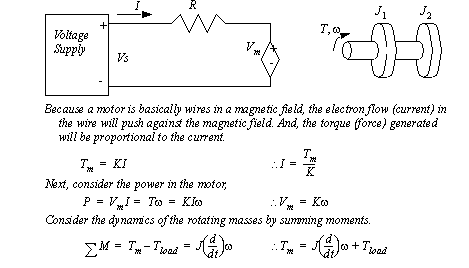
Figure 7.30 The torque and inertia in a basic motor model These basic equations can be manipulated into the first-order differential equation in Figure 7.31 The first-order model of a motor. 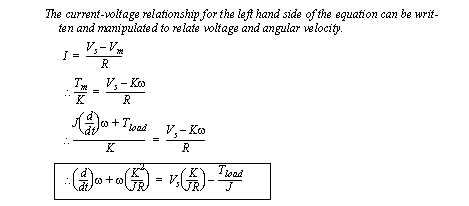
Figure 7.31 The first-order model of a motor 7.5.2 Induction MotorsAC induction motors are extremely common because of the low cost of construction, and compatibility with the power distribution system. The motors are constructed with windings in the stator (outside of the motor). The rotor normally has windings, or a squirrel cage. The motor does not have bushes to the rotor. The motor speed is close to, but always less than the rotating AC fields. The rotating fields generate currents, and hence opposing magnetic fields in the stator. The maximum motor speed is a function of the frequency of the AC power, and the number of pole of the machine. For example, an induction motor with three poles being used with a 60Hz AC supply would have a maximum speed of 2*(60Hz/3) = 40Hz = 2400RPM. The equivalent circuit for an AC motor is given in Figure 7.32 Basic model of an induction motor. The slip of the motor determines the load current, IL. It is a function of the fraction, f, of full speed. 
Figure 7.32 Basic model of an induction motor The torque relationship for AC motors is given in Figure 7.33 The construction of a brushless servo motor. These can be combined with the equivalent circuit model to determine the response of the motor to a load. 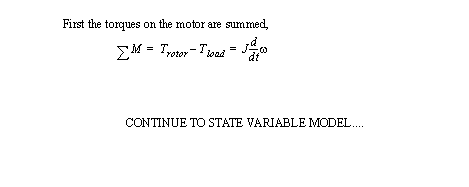
7.5.3 Brushless Servo MotorsBrushless servo motors are becoming very popular because of their low maintenance requirements. The motors eliminate the need for brushes by using permanent magnets on the rotor, with windings on the stator, as shown in Figure 7.33 The construction of a brushless servo motor. The windings on the stator are switched at a given frequency to produce a desired rotational speed, or held static to provide a holding torque. 
Figure 7.33 The construction of a brushless servo motor The basic relationships for brushless DC motors are given in Figure 7.34 Basic relationships for a brushless motor. 
Figure 7.34 Basic relationships for a brushless motor 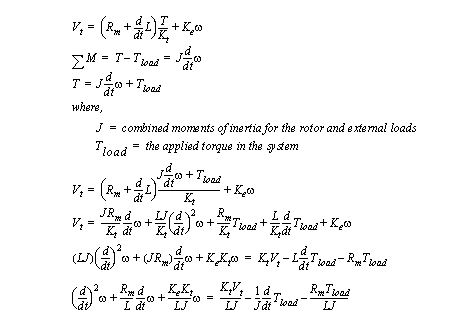
Figure 7.35 An advanced model of a brushless servo motor To rotate the motor at a constant velocity the waveform in Figure 7.36 Typical supply voltages would be applied to each phase. Although each phase would be 120 degrees apart for a three pole motor. A more sophisticated motor controller design would smooth the waves more to approach a sinusoidal shape. 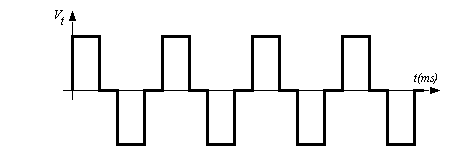
|